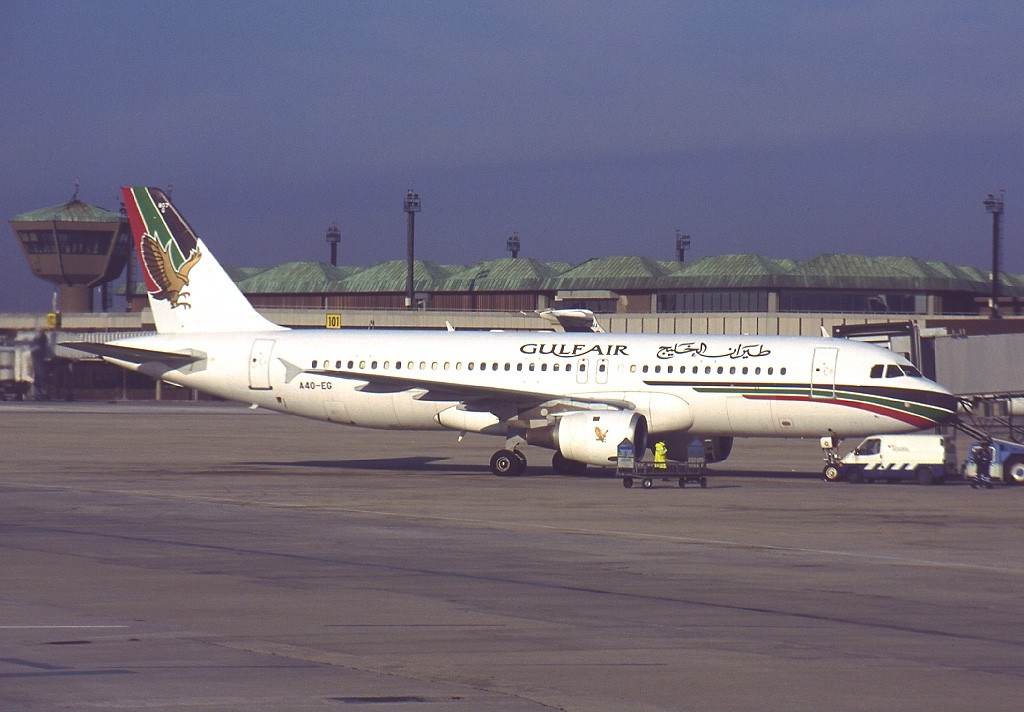On the other hand, many pilots incase of an emergency situation believe in their senses, the captain, wrong indicators. Not that obvious why. Some instruments are wrong, but in addition pilots don't know what to do.
An example- spatial disorientation. A situation were pilots don't trust there instruments, but senses in order to fly an aircraft, the definition is kind of mine and unofficial. IMHO some pilots don't rely on indicators, but some visual cues, such as lights, which can get them very wrong. The feeling of bank, speed or forward roll (that is how you'd call it) causes a massive confusion in the pilots mind.
Subsequently, you get crashes.
Gulf Air 72: Pitch negative

August 23rd, 2000 A.D. The world hasn't ended (some people believed that It'll happen 1999), planes fly around it too. An A-320 with 143 passengers on board was heading from Cairo to Bahrain.
The plane was on approach to Bahrain. The speed of the Airbus was too high, though other procedures were normal.
While on ILS and visual with the airport, the pilots decide to go around, as they were going to fast. They put the gear lever and flaps up, adding power. Shortly the crew heard a GPWS alarm. They didn't notice it, configuring the plane. After ten GPWS alarms, the plane hit waters close to the runway threshold killing everyone on board.
A three day mourning was announced. The investigation into Gulf Air 72 concluded the following things.
- The individual factors particularly during the approach and final phases of the flight were:
- The captain did not adhere to a number of SOPs, such as:
- significantly higher than standard aircraft speeds during the descent and the first approach
- not stabilising the approach on the correct approach path; performing an orbit, a non-standard manoeuvre, close to the runway at low altitude
- not performing the correct go-around procedure
- other related items
- In spite of a number of deviations from the standard flight parameters and profile, the first officer (PNF) did not call them out, or draw the attention of the captain to them, as required by SOPs.
- A perceptual study indicated that during the go-around after the orbit, it appears that the flight crew experienced spatial disorientation, which could have caused the captain to perceive (falsely) that the aircraft was ‘pitching up’. He responded by making a ‘nose-down’ input, and as a result, the aircraft descended and flew into the shallow sea.
- Neither the captain nor the first officer perceived, or effectively responded to, the threat of increasing proximity to the ground, in spite of repeated hard GPWS warnings.
- The systemic factors, identified at the time of the above accident, which could have led to the above individual factors, were:
- Organisational factors (Gulf Air):
- A lack of training in CRM contributing to the flight crew not performing as an effective team in operating the aircraft.
- Inadequacy in the airline's A320 training programmes, such as: adherence to SOPs, CFIT, and GPWS responses.
- The airline’s flight data analysis system was not functioning satisfactorily, and the flight safety department had a number of deficiencies.
- Cases of non-compliance, and inadequate or slow responses in taking corrective actions to rectify them, on the part of the airline in some critical regulatory areas, were identified during three years preceding the accident.

As you see a pilot strongly believing that he is doing something right, makes the situation worse and worse. Factors such as training or bad flying habits make it worse. In addition captains aren't corrected while doing something wrong. Tired or mistaken by instruments, sometimes by senses.
A bad scenario are General aviation pilots, who fly themselves or without a second crew member. This isn't proven information, however the effect of speed, roll, pitch and yaw is stronger on a smaller plane, though jets fly faster so they might create Spatial disorientation much worse.
I believe that this is one of the barriers in aviation safety, that are quite hard to be prevented. There are warnings, alerts and other pilots, however the aviator is beaten by nature. Terrorist can be prevented, by errors of human nature in aviation can't. Some are over us, humans, who invented planes. And cause all of their crashes.
All pictures from Wikipedia.
Brak komentarzy:
Prześlij komentarz